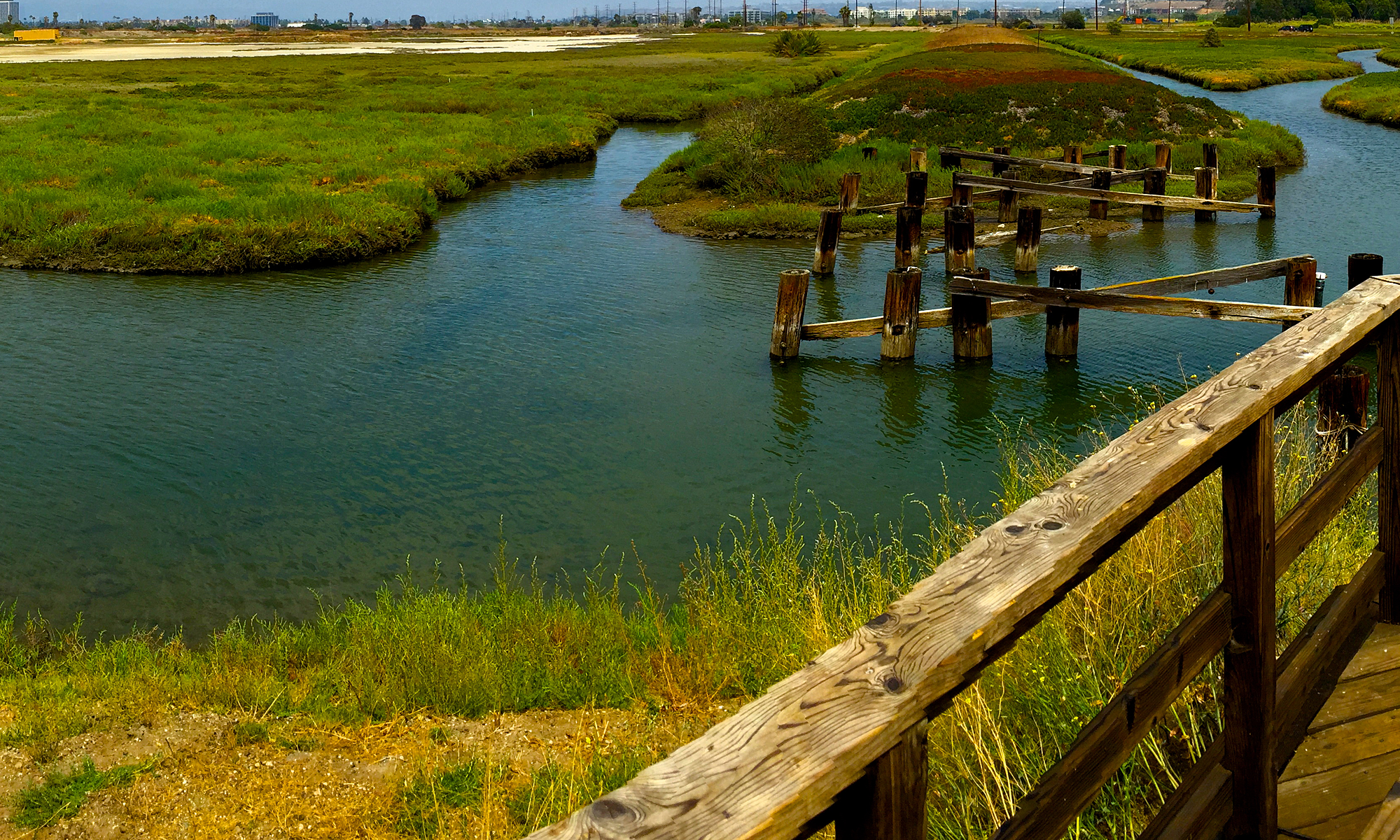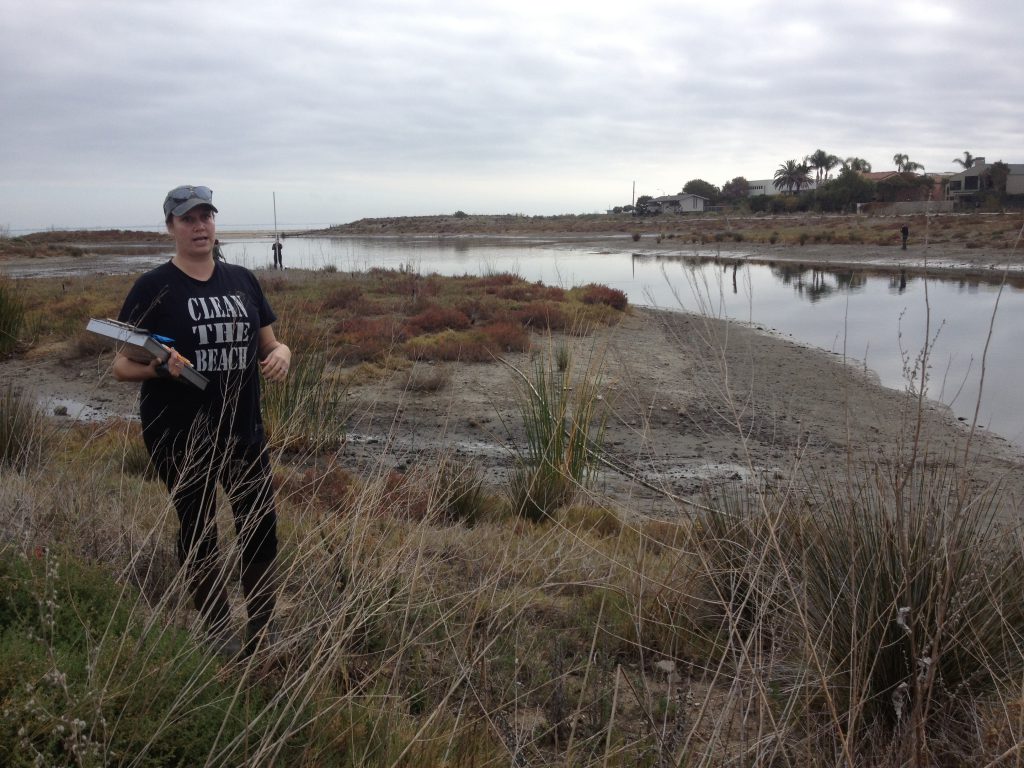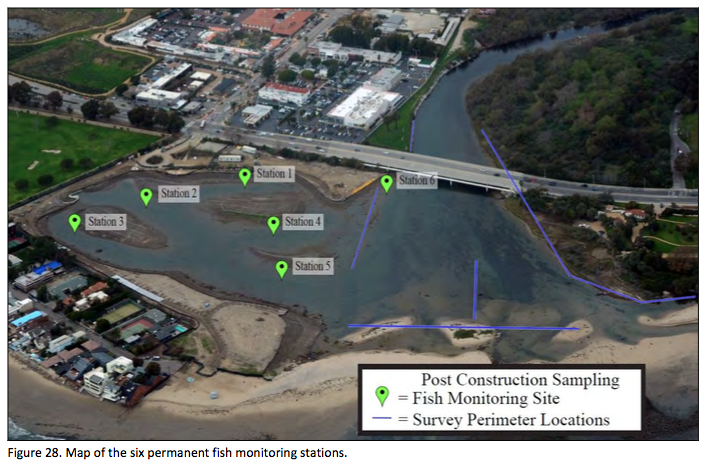Principle 6 – Scientific Monitoring
Restoration efforts should involve sound scientific monitoring to establish baseline environmental characteristics and track site response to the restoration activities.
Description:
Tracking changes to a site over time and attributing those changes to restoration activities, as compared to natural changes that would have happened anyway, requires solid baseline data, sound design, and consistent follow-through.
Monitoring is essential for adaptive management, so communication is important. Results of monitoring need to be available in a timely manner so that managers can determine whether their management practices need to be modified or remedial actions taken.
Location and frequency of monitoring relative to scale in space and time is important. Some responses of the site, such as in the transition zone between wetlands and uplands, may be on the order of a few hundred feet in a year. Other responses, such as occupation by an endangered or rare species, may take years.
These are just a few considerations when developing a monitoring program. An entire discipline of science is devoted to methods of scientific monitoring. See for example Design and Analysis of Long-term Ecological Monitoring Studies edited by R.A. Gitzen, J.J. Millspaugh, A.B. Cooper, and D.S. Licht. (Cambridge University Press 2012).
Scientists from The Bay Foundation conduct post-restoration monitoring of the Malibu Lagoon in January 2016. The restoration of Malibu Lagoon was completed in 2013. Extensive monitoring was conducted before the restoration and will continue for at least 5 years post-restoration. The monitoring reports are posted online and publically available at: http://www.santamonicabay.org/learn/our-work/coastal-wetlands-lagoons/malibu-lagoon/ Photo courtesy of Katherine Pease.
To monitor fish populations post-restoration in Malibu Lagoon, six fish monitoring stations were established.
Examples:
• Malibu Lagoon Restoration Monitoring: http://www.santamonicabay.org/learn/our-work/coastal-wetlands-lagoons/malibu-lagoon/
• Ballona Wetlands Baseline Assessment Reports (pre-restoration): http://ballonarestoration.org/baseline-reports/
• Bolsa Chica Lowlands Restoration Project Monitoring Reports: https://www.bolsachicarestoration.org/reports.php
• Huntington Beach Wetlands Reports: http://www.hbwetlands.org/


